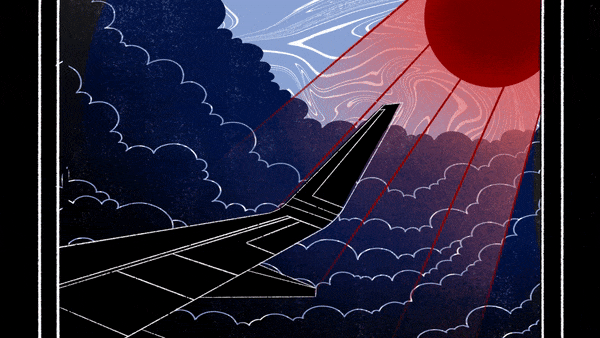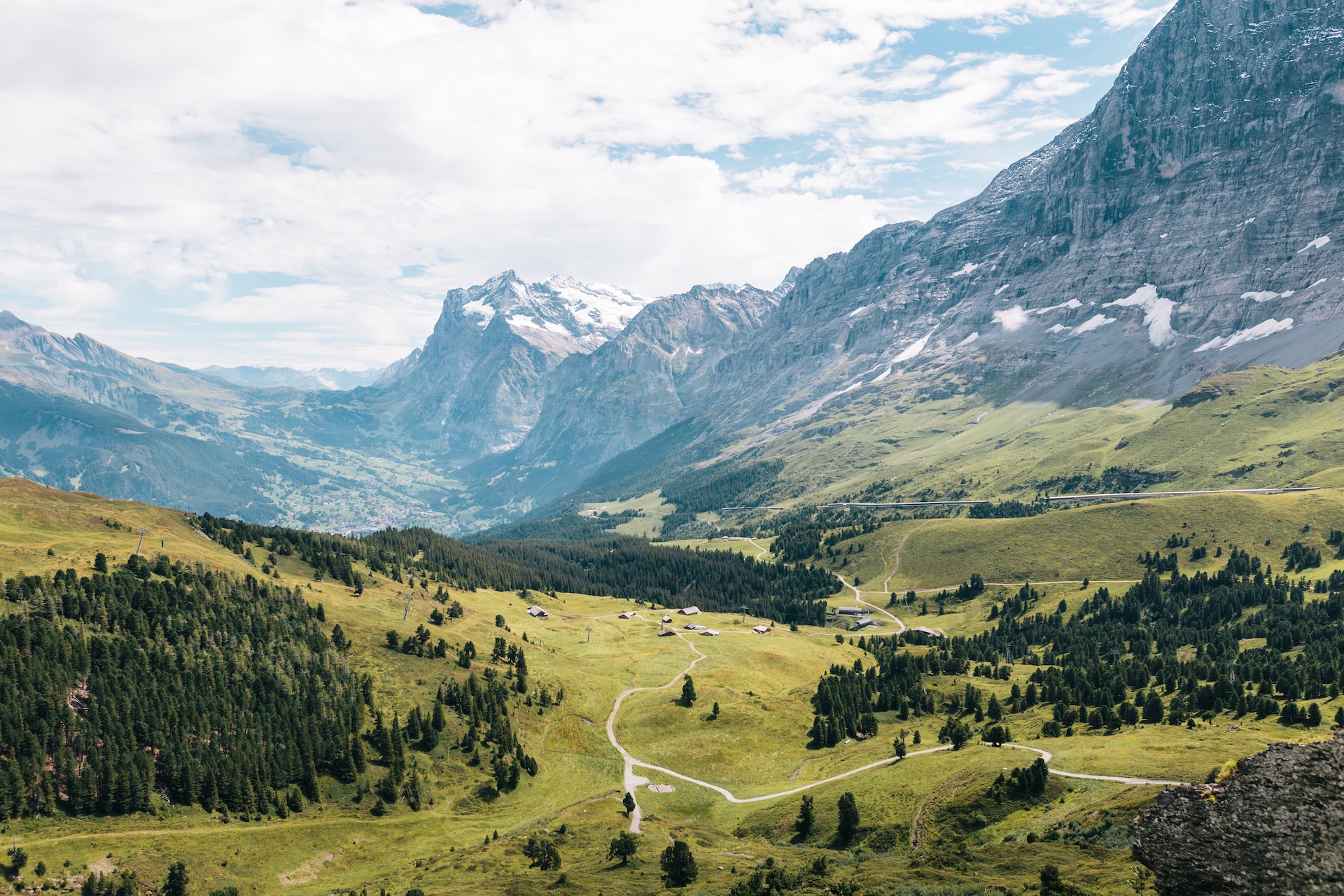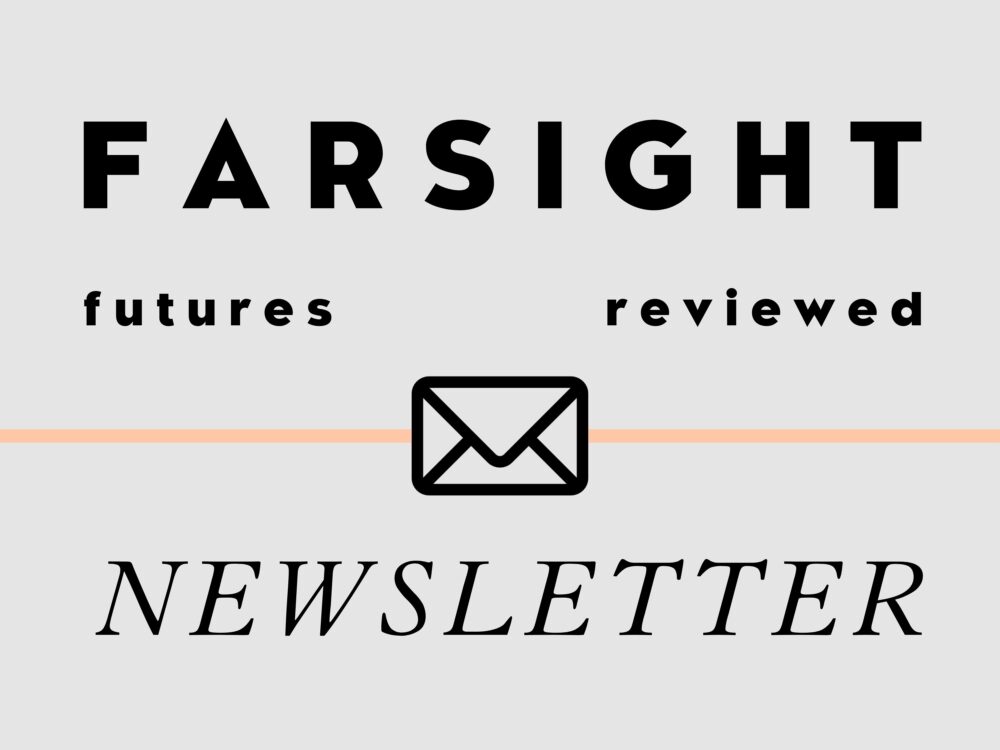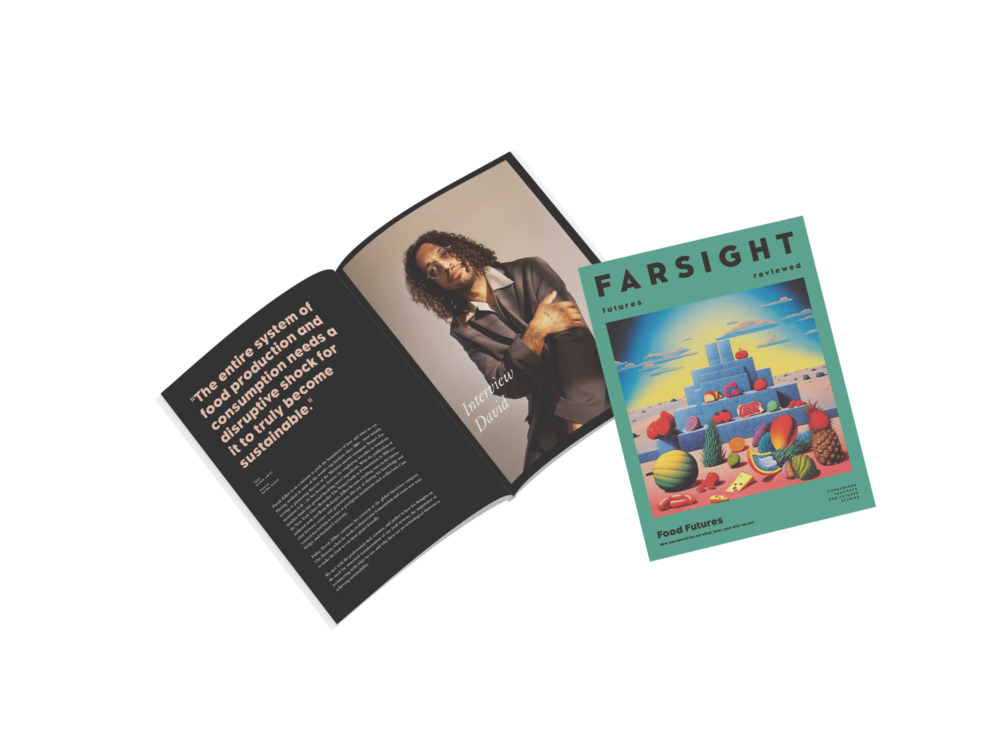
In turn, we use cookies to measure and obtain statistical data about the navigation of the users. You can configure and accept the use of the cookies, and modify your consent options, at any time.

A Vault for Humanity
A military bunker in the Swiss Alps is planned to harbour the diversity of the microbiome
associated with human health.
Image: Marco Meyer
For the past decade, Gloria Dominguez-Bello and Manuel Fankhauser have toured the world, from the military bunkers of Switzerland to the rugged mountains of Patagonia, with like-minded microbiologists, policymakers, and visionaries in search of the best spot to preserve the diversity of the human microbiome. Their story shows that safeguarding the future interests of humanity isn’t just a philosophical thought experiment, but an arduous process that aims to preserve the building blocks of human biology itself.
Our own microbial flora is mostly a combination of bacteria, fungi, viruses, and many other microscopic lifeforms, located in the gut and all surfaces of the body. Scientists are increasingly finding evidence of a strong relationship between gut microbes and their hosts – helping protect us from infections, breaking down compounds indigestible to humans (such as many plants), communicating with the immune system, and even impacting our neurological function and behaviour. As such, an altered microbial diversity has been associated with a range of illnesses and their respective treatments, including immune-related diseases, Alzheimer’s, and cancer.
However, the gut microbial diversity essential to our well-being is currently declining at an unprecedented rate. Lifestyle changes associated with urbanisation threaten many microbial hotspots around the world and as such, the Microbiota Vault initiative aims to construct an institution for the safe back-up storage and preservation of microbiota samples and collections.
Gloria is a Venezuelan American microbial ecologist and Professor of Microbiome and Health at Rutgers University, New Brunswick. She has pioneered research within the ways urbanisation affects microbial diversity and the differences between C-sections and natural births in determining future microbiota health. Manuel Fankhauser is a Swiss researcher and Chief Executive Officer at the Seerave Foundation. His work includes investigating the nutrition-microbiome-immune-system axis and its relevance for cancer as a disease and therapeutic treatments.
FARSIGHT had the pleasure of speaking with Gloria and Manuel, both of whom are board members of the Microbiota Initiative and deeply involved with the initial launch phase of the project.
What drives your interest in preserving the microbial diversity of human beings?
Gloria: Although I was always interested in the symbiosis between animals and their microbes, it wasn’t until I relocated to my native Venezuela after finishing my PhD in Nutrition and Microbiology in the UK that I started to take interest in the human microbiome. Using microbial sequencing technologies, I started comparing the microbial diversity of people untouched by urbanisation, such as remote communities in the Amazon, with those in semi-urban and urban areas, finding significant associations between urbanisation and a loss of microbial diversity.

Explore the world of tomorrow with handpicked articles by signing up to our monthly newsletter.
sign up hereI was deeply concerned. Not only was urbanisation degrading our environmental ecosystems, but our own microbial ones too, which are crucial to our health.
It was around that time that I learned of the Svalbard Seed Vault [a facility in Norway that stores duplicates of seed samples from across the world, ed.] and started thinking that perhaps someone should start doing the same thing but for microbes. In large-scale conservation efforts today, you rarely see microbes in the picture. The United Nations’ conservation efforts are enormous – yet microbes are completely ignored, despite them being the fundamental building blocks of biology on Earth.
Manuel: Although my field of specialisation is actually tumour immunology, my interest was first sparked with the concept of faecal microbiota transplantation – transferring poop – from one human to another in sometimes lifesaving treatments. So, as a junior researcher with some extra time on my hands, I and a few colleagues created a start-up project aiming to standardise faecal microbiota transplantation.
Thereafter, I started to become interested by the mechanistic connection between what we eat, what our microbes make out of that food, and how that influences our health. There are more than 3 million genes encoded in a healthy gut microbiome that work alongside the 23,000 that are your own, human genes. To give an example, out of your own human genes, you only have 17 that manage carbohydrate degradation – the ones breaking down complex sugars. Now, let’s say you eat a Jerusalem artichoke. Imagine the scale of difference in one’s digestive process with those 15,000 extra carbohydrate-degrading genes that come from a diverse gut flora, in addition to your 17 relevant human genes.
Could you elaborate on the relationship between urbanisation and human microbial diversity?
Gloria: Sure. With urbanisation we change our lifestyles. I have primarily conducted my research in developing countries, where rural and/or indigenous populations – those with the greatest microbial diversity – move to semi-urban or highly urbanised areas and radically change their way of living in order to adapt to their new environment.
There are many different factors here, but I will list some of the most important ones. Urbanisation means we enclose ourselves from the external natural environment using many synthetic building materials, many of which are toxic. We change our diets and start eating highly processed foods low in fibres, which are necessary for the gut microbiome to flourish. And we become increasingly exposed to processed foods, toxins, antimicrobials, and antibiotics.
What we have found is that, in developing countries, such exposure to antibiotics can be quite abusive, where people tend to take antibiotics for any kind of illness despite these medicines being the strongest known antimicrobial agents.
Finally, babies start being born by C-section, which, despite being a life-saving procedure, nonetheless means being born sterile into the air of an operating room. And in many developing countries, this is becoming the default form of birth delivery, as C-Sections are routinely scheduled prior to birth to avoid going through labour. People don’t realise that there are significant consequences to being born sterile and having one’s pioneer microbes being skin-related microbes from the air of an operating room, rather than vaginal ones, which is the way all mammals are born.
According to the United Nations’ population projections, all future population growth will be urban. We are clearly not going back to living in jungles and savannahs where our microbial diversity would be significantly higher. And we are certainly not going to stop using medicine or antibiotics or C-sections because they are oftentimes life-saving treatments.
What we have to understand, however, is that these medical interventions can have a significant collateral cost. If we need these microbes to thrive – which we do – we need to learn how to restore this microbial diversity when it is pertrubed.
How does the Microbiota Vault help this preservation process?
Manuel: It’s a very delicate balance between preservation and making sure that the Vault doesn’t become a sort of ‘black box’. This is the case with the Svalbard Seed Vault, where only governments can deposit samples, which means they are the only ones that know what’s inside the facility. The Microbiota Vault, on the other hand, has a fiduciary role: the samples are stored as a backup for local collections and maintain the rights of the depositor. Finally, we also want to sequence and make publicly available the metagenomic data of each deposit to strengthen the transparency of microbial research. As a researcher, I might see, for example, a Tanzanian sample that catches my interest, and I will therefore know exactly where to go to research further.
It should also be mentioned that we are currently focusing on human gut microbiota and microbes coming from fermented foods. It has become increasingly clear, however, that there are also environmental microbes that may be just as important, if not more important, to human and planetary survival, such as soil, water, air, and even animal microbiomes.
So, the potential scope of the project is huge. But, of course, you have to initially focus it under bootstrapped conditions.
Gloria: Exactly. And part of the initiative is also about promoting the establishment and development of these local collections through education, networking, and contacting scientists in areas that are hotspots of microbial diversity.
Have any ethical considerations been taken to address this inequality between the economic wealth of, primarily the Global North, and the microbial diversity hotspots in the Global South?
Gloria: Part of our mission is to connect the two and make the countries with rural, pastoral peoples aware of a wealth they have that they are rapidly losing. And addressing the ethics of this has been a key area of concern for us. There are many laws, for example, trying to address issues of data privacy and inequality. For us, however, the most important terrain is ethical, rather than legal. By setting the standards ourselves, we can evaluate how ethically a collection has been built in addition to having all the required permits of a site.
Furthermore, when we publish the metagenomic data of a local collection, we plan to have a statement that says any use of this data must acknowledge its origins. The transparency at the core of the initiative will ensure it being ethically run. It would be known if, for example, a company such as Danone has been using a certain piece of metagenomic data to produce a product that is marketable.
Manuel: These are huge topics which are being discussed on an international level. There is a massive debate, for example, on how digital sequence information should be handled: how do we ensure that someone doesn’t pick a small genetic sequence and creates a new organism or some kind of synthetic being? I think the vision behind the Vault will be part of such crucial negotiations in the future, although we won’t necessarily be the ones setting standards.
Gloria: Our hope is that the Initiative will not only preserve microbes for future generations, but also play a role in engaging developing countries with research communities by training people to mine globally available data. As long as they have access to a computer and a good internet connection, individuals in the developing world with existing local collections can convert that genomic data to information that responds research questions, and then publish it.
So, where will the Microbiota Vault be located?
Gloria: We want a site that is protected from war, in a politically stable country, and shielded from natural disasters. This is surprisingly hard to find. The other thought we have had is to create resilience by having more than one site. There are not many options, and all of them have advantages and disadvantages. One prime candidate, however, has emerged: the bunkers of the Alps in Switzerland. We have also considered placing it in Svalbard (Norway), Greenland (Denmark), Iceland, and Patagonia (Chile).

Broaden your horizons with a Futures Membership. Stay updated on key trends and developments through receiving quarterly issues of FARSIGHT, live Futures Seminars with futurists, training, and discounts on our courses.
become a futures memberManuel: What draws us to the bunkers in Switzerland is that they’re remote, while also being a short driving distance from Zurich airport, which makes them easily accessible. Some of the samples will probably be stored in liquid nitrogen tanks. Some may be stored in -80C freezers which require electricity. So of course, having access to electricity and liquid nitrogen is another consideration.
What kind of practical measures need to be taken now for the Initiative to get up and running?
Manuel: Collecting stool samples and putting them in a freezer sounds easy, right? But setting up the right governing structure is difficult, especially on the legal front, when you have so many different entities interacting with one another.
Getting our hands on these local working collection samples, validating them, optimising storage protocols and our digital platform for their transparency, as well as figuring out which sequencing method can best be scaled are among our top priorities for the launch phase. And that’s not mentioning the legal complexities of such an endeavour.
Gloria: I think the first challenge is finding a site and depositing samples in a real, physical vault. We are not there yet and unfortunately, things like the war in Ukraine are delaying our efforts. And this is unfortunate, because it’s very, very urgent.
Manuel: Just getting people to understand the concept, the idea, and the time sensitivity of this crisis is difficult enough. And then creating all the different legal frameworks is a lengthy process. Something like the Svalbard Seed Vault took thirty years to bring from an idea to a physical space.
Gloria: We have a dream that the countries holding microbial diversity will request a mandate from the UN – like they do for conservation efforts – but for the microbial world. For the crisis to be averted, we really need multiple governments to think of their microbial diversity as a gift to the world, just as was experienced with the Seed Vault.
We need to use science now after causing such a great mess on the planet. To restore, learn, and respect nature; preserving this unique and essential diversity before it disappears.

This is an article from
FARSIGHT: Safeguarding Tomorrow
Grab a copy here